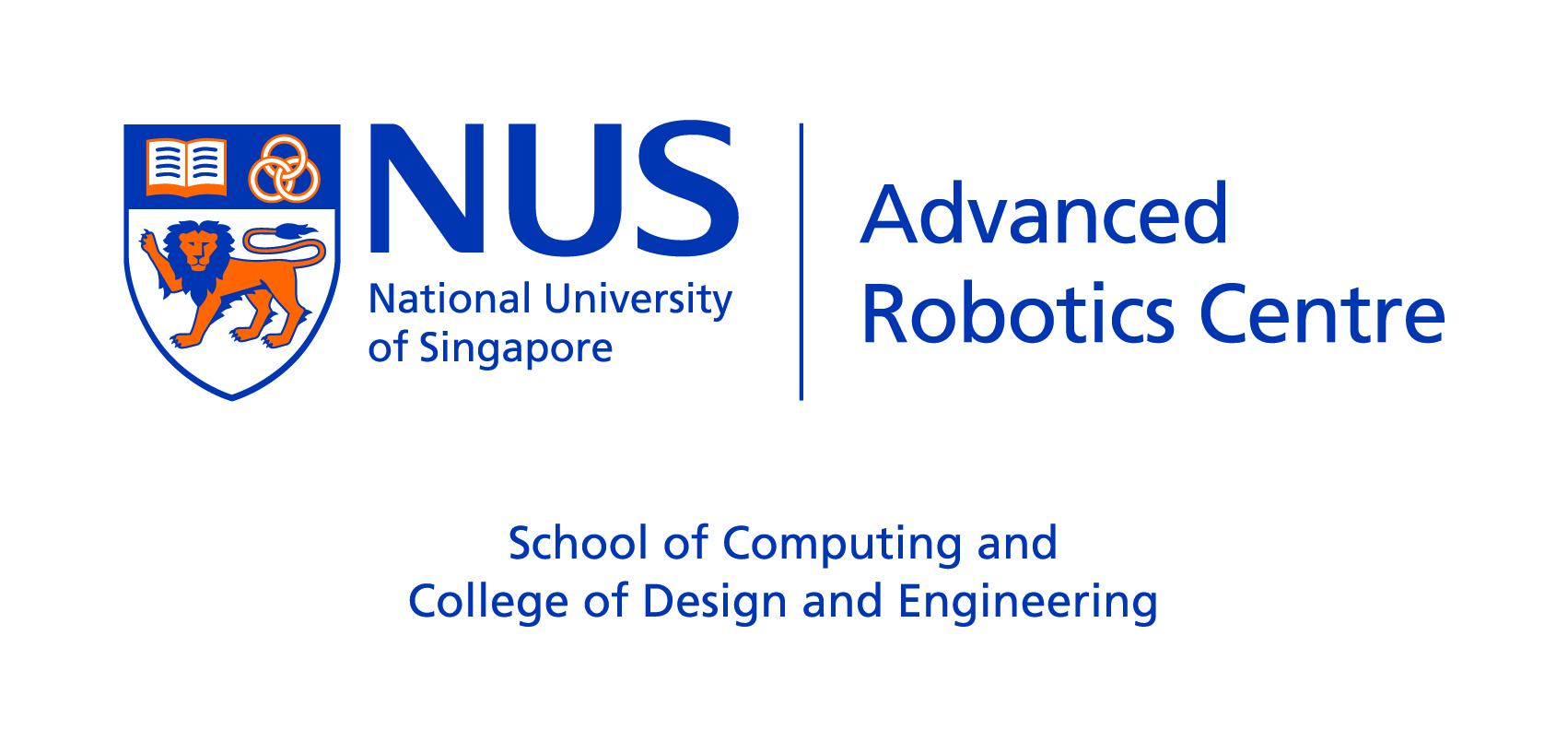Lunchtime @ 5th September 2014
Lunctime Details
| Date & Time | September 5, 2014 @ 12:00 pm to 2:00 pm | |
| Seminar Venue | EA-02-11, Faculty of Engineering |
Summary
Design of a Portable Knee-Ankle-Foot Robot for Gait Rehabilitation
CHEN Gong, PhD Student
Dept of Biomedical Engineering
Artificial Muscle as Actuators for Soft Robotics
GOH Yu Feng, M Eng student
Department of Mechanical Engineering
Interactions Techniques for Wearable Computers.
Simon PERRAUL, Postdoctoral Researcher
NUS-HCI Lab
Abstracts
========
Design of A Portable Knee-Ankle-Foot Robot For Gait Rehabilitation
CHEN Gong, PhD Student, Department of Biomedical Engineering
Robotic devices have significant potential to aid stroke patients in delivering lower limb rehabilitation therapies. However, portable robots are not yet well proposed to provide over ground gait training. We developed a knee-ankle-foot robot, which is compact, modulus, and portable for stroke patients to carry out over-ground assistive gait training. This design is inspired by the gait biomechanics. Mechanical structure is carefully designed and optimized based on biomechanics of gait to provide full support to knee ankle joints. The prototype of the robot has been tested on two healthy subjects. Different level of assistance was provided to both knee and ankle joints during the squatting and overground walking motion. Major muscles of both knee and ankle joints reduced their activation (Electromyography EMG) gradually, indicating the robot has the ability of providing effective torque during gait cycle and helping subjects doing overground rehabilitation training.
Artificial Muscle as Actuators for Soft Robotics
GOH Yu Feng, M Eng student, Department of Mechanical Engineering
Dielectric elastomer actuators (DEA) are given the synonym “Artificial Muscles” for having comparable mechanical properties to human muscles. We introduce the advances and development of DEA research. We also show our findings on fabricating a continuously tunable device with a maximum possible linear actuation strain of 500%. Such a level of electrical actuation approaches the mechanical strain capacity, which was previously thought to be unachievable.
Interactions Techniques for Wearable Computers.
Simon PERRAUL, Postdoctoral researcher at the NUS-HCI Lab.
Thanks to the availability of powerful miniaturized electronic components, this last decade has seen the popularization of small mobile devices such as smartphones, and even smaller devices for wearable computing. These new devices have raised new interaction problems, such as the small size of the screen and the “fat-finger” problem (a relatively large portion of the screen is occluded and pointing lacks precision). To provide a rich interaction for users, we propose new interaction devices and techniques.
Back to Robotics@Lunchtime
